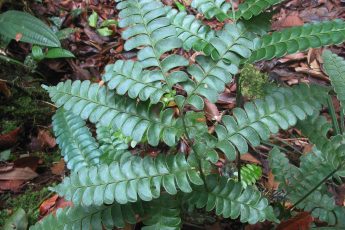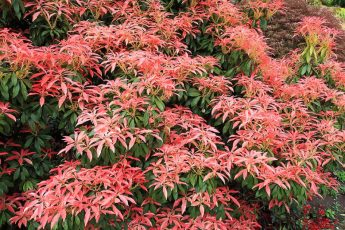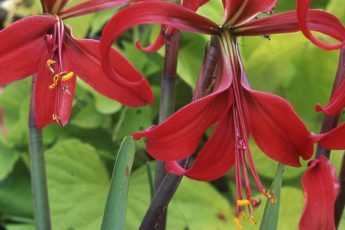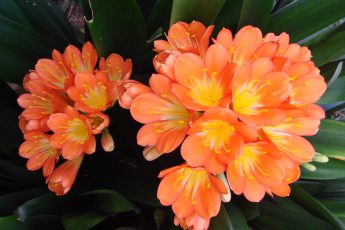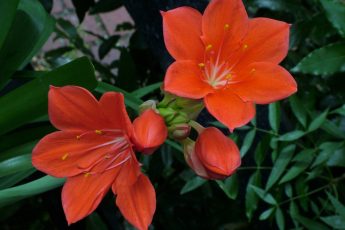Zantedeschia, commonly known as the Calla Lily, is a striking perennial that captivates gardeners with its elegant, trumpet-shaped flowers and lush foliage. Hailing from South Africa and Lesotho, this member of the Araceae family is celebrated for its ease of cultivation and distinct beauty. Whether you’re a novice gardener or an experienced plant enthusiast, understanding the nuances of nurturing this plant can enhance your gardening experience. In this article, we delve deep into the requirements for growing Zantedeschia successfully in various environments.
Understanding the Zantedeschia: Botanical Insights
The Calla Lily is renowned for its impressive size, with leaves reaching up to 60-80 cm in length and a total height that can soar to 90 cm. With a fairly rapid growth rate, Zantedeschia can transform your garden or indoor space with its lush presence. Known as a resilient and perennial life form, it can withstand various climates and still flaunt its beauty throughout most of the year.
Key Conditions for Cultivating Calla Lilies
Temperature and Humidity Requirements
Zantedeschia thrives under specific temperature conditions. During the summer months, keeping the plant at temperatures between 64.4-71.6°F ensures optimal growth, although it can tolerate spikes up to 80.6°F. Winter months require cooler temperatures, ranging from 44.6-50°F, and the plant can even endure short-term frost. Humidity is vital for the Calla Lily; an increase in humidity during the summer is beneficial. Spraying with soft water daily when temperatures exceed 64.4°F helps prevent dehydration, but care should be taken to avoid moisture on the blooms themselves. During the heating season, maintaining the plant in a tray of wet pebbles can support the necessary humidity levels.
Lighting and Soil Preferences
For healthy growth and flowering, Zantedeschia requires bright but diffused light with the allowance of some direct sunlight. While it can adapt to partial shade, insufficient light can lead to an absence of blooms. The appropriate soil mix plays a significant role in the plant’s well-being. A mixture consisting of 1 part peat, 1 part clay-turf ground, 1 part humus, and 1-2 parts sand is optimal. Slightly acidic soils are preferable, and drainage is crucial to prevent waterlogging. When planted in pure peat, Zantedeschia can still flourish provided that the pot has proper drainage.
Watering and Fertilization Strategies
During the summer, watering twice a week is typically sufficient. The soil should remain moist but not overly saturated, allowing slight drying between waterings. It is important that water does not collect in the saucer beneath the pot. Moderated watering practices should commence from mid-summer onwards. As the seasons transition into winter, if temperatures hover within 64.4-71.6°F, watering should be minimal. Fertilization is critical during the growing season. Bi-weekly feeding with liquid fertilizer promotes robust growth, and during flowering, foliar feeding with trace elements can enhance floral displays.
Propagation and Transplanting Techniques
Zantedeschia can be propagated through various methods such as offspring, seeds, resting buds, or rhizome sections. Offspring are usually detached from the mother plant in June or July post-flowering and subsequently planted in low, wide pots. Alternatively, planting seeds requires them to be fresh, with germination taking place after several months at temperatures of 69.8-80.6°F. Seed-grown Calla Lilies may take up to five years to bloom. Regular transplanting every 2-4 years is recommended, ideally in spring, to accommodate root growth. Utilizing larger pots is advisable since Calla Lilies prefer ample root space to promote blooming.
Common Challenges and Solutions
While relatively easy to care for, Zantedeschia may face challenges such as root decay or the emergence of dark spots on leaves due to excessive moisture or fungal diseases. Insufficient lighting or fertilization can result in smaller leaves and lack of flowering. Addressing infestations from red spider mites, aphids, scale insects, root-knot nematodes, and thrips is essential to maintain plant health. Prompt attention to these issues and adjusting care routines can mitigate complications and restore plant vigor.
Additional Care Tips
For optimal flowering performance, it is beneficial to remove weak leaves and smaller offspring throughout the year. During summer, positioning Zantedeschia outdoors in a shaded area away from winds can bolster growth. Planting it directly into garden soil in a shady spot might result in a larger plant. Removing wilted blooms and leaves aids in focusing the plant’s energy on new growth cycles. After the blooming period, Zantedeschia enters dormancy, shedding leaves while its roots continue developing. Post-rest, the plant resumes flowering, with potential for hydroponic growth as well.
Zantedeschia, with its majestic appearance and manageable care requirements, is a delightful addition to any plant enthusiast’s collection. Its ability to purify air while offering a burst of color makes it a sought-after specimen for both indoor and outdoor settings. However, caution is advised due to its toxicity as a member of the Araceae family. By following proper care guidelines and mitigating any challenges, your Calla Lilies can thrive and provide continuous beauty year-round.


